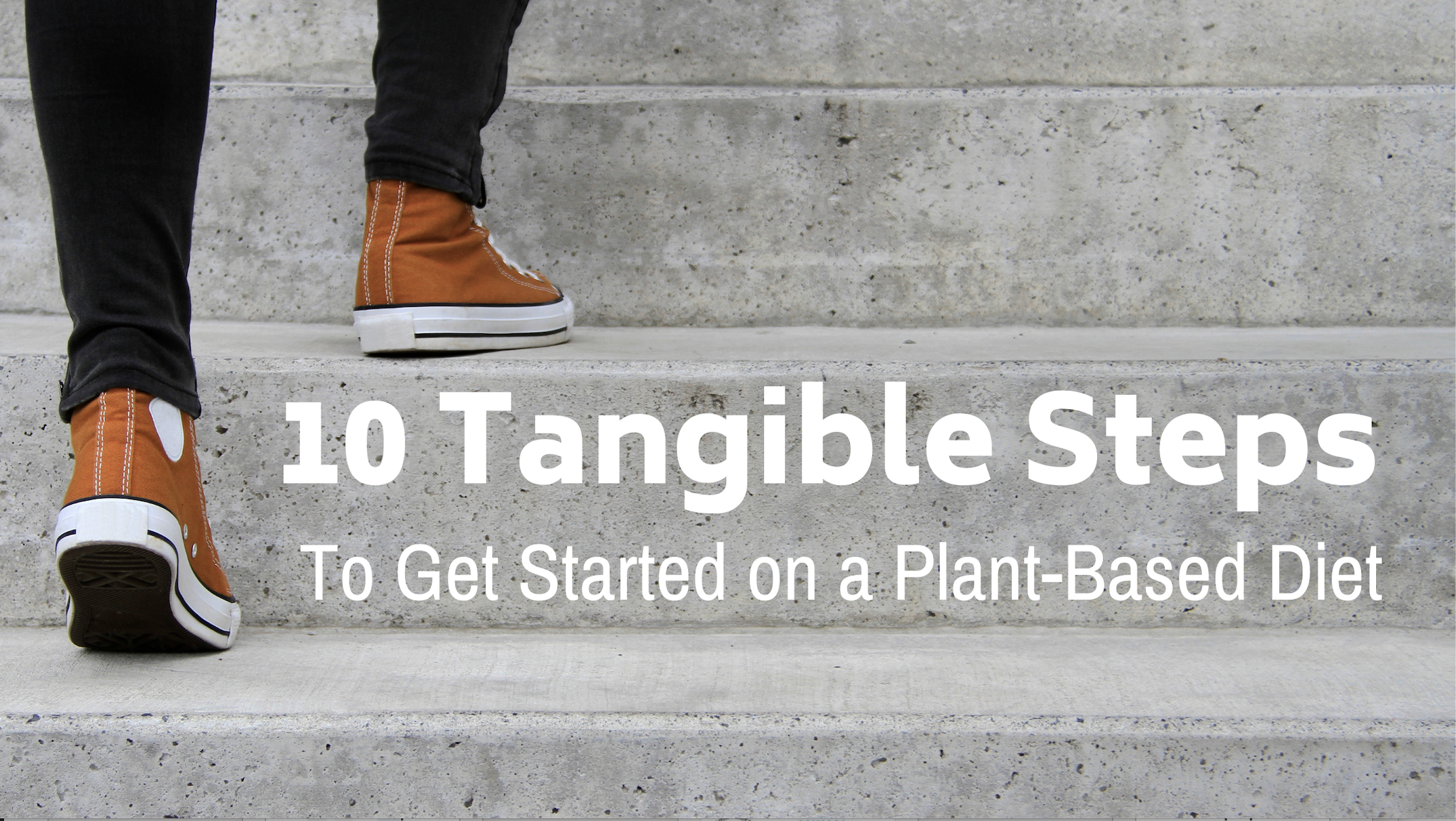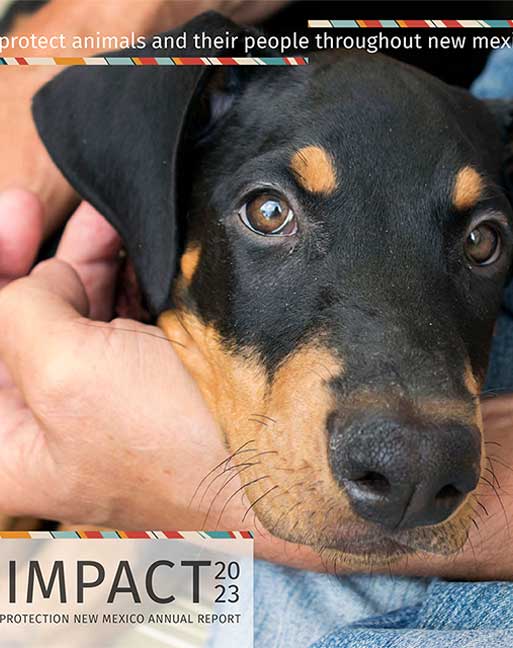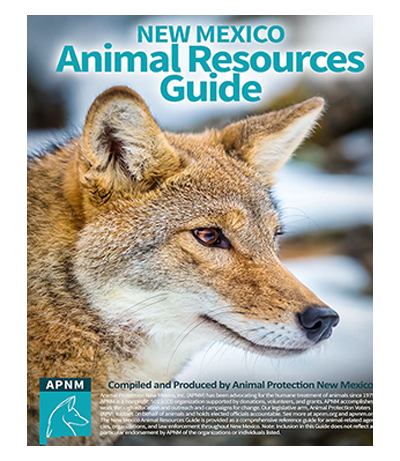
Changing your diet can be overwhelming; sometimes you feel like you don’t even know how to get started. The huge amount of info available about plant-based eating can be a gift and a curse. Your readiness, skill level, and temperament all influence your journey and how you experience trying new plant-based recipes, exploring vegan blogs, and joining online groups.
This ten-step guide can help you prioritize your steps and make sure you are headed towards a change that is achievable, sustainable, and won’t burn you out or make you feel overwhelmed.
STEP ONE: Get clear on what you want 🤔
Before you take any action, consider exactly what you want your diet to include and exclude. For example, some people who are focusing on health might want to aim for a whole-foods plant-based diet that excludes processed foods and oils. Those folks who are interested in animal advocacy might choose to exclude palm oils from their diets due to environmental issues. If you don’t have a clear definition of what you are going for you will never be able to achieve it.
STEP TWO: Figure out what is the last to go 😬
Many of us have that one food or dish that we just cannot see ourselves living without, and that one thing can stop us from making major changes to our diet. Often people say something like “I could be vegan except for cheese.” If that’s the case then don’t let cheese-needs hold you back—focus on going plant-based except for cheese. Once you feel comfortable with that, you can work on figuring out strategies for going without cheese.
STEP THREE: Assess your barriers and brainstorm strategies for overcoming them 🚧
When embarking on this journey you will inevitably encounter roadblocks that make it difficult to stay the course. Big family dinners at the holidays might pose a challenge for you or maybe you aren’t the primary shopper or chef in your home. Anticipate what those challenges may be and brainstorm strategies to overcome them so when you encounter them you won’t be thrown off course.
STEP FOUR: Set a SMART Goal 📝
Setting goals that are Specific, Measurable, Achievable, Realistic, and Timely keep you on track and motivate you. For example, setting a goal of “I’m going to stop eating meat” is not focused enough to inspire you to take action. With that goal it feels like a whole lot to conquer and it’s not clear what action(s) to take and when. However, a goal like “I’m going to stop eating red meat beginning on March 1st” is much more of a SMART goal. You get a specific target (red meat) and a start date, setting up a timetable to measure your success.
STEP FIVE: Learn how to read food labels 🥫
If you don’t already know how to read food labels, now is a great time to start figuring them out so you can determine if something is plant-based. Every packaged food company is required to list the ingredients in its products, with common allergens listed in bold. Both milk and eggs are common allergens, so you can quickly scan the allergens to ensure that there is no milk or egg. From there, scan through the ingredients list to ensure there is no meat, broth, gelatin, honey, etc. As time passes and you become more comfortable with this you will be able to do this laser-fast compared to when you started.
STEP SIX: Veganize your 5 go-to meals 🍽
This is perhaps the most important step in the entire list, the step that is going to really make this journey achievable and sustainable. Goals, Barriers, and Reading Food Labels are important first steps to build your confidence and set you up for success. However, we humans are creatures of habit, and almost all of us will want to fall back on our go-to meals, especially when the going gets tough. If you’ve already figured out veganizing those go-to meals that you will want to fall back on, then you are all set! If you have not already veganized those meals, you will have a really hard time not falling off the wagon.
STEP SEVEN: Determine which foods you like are “accidentally vegan” 🥖
This is another vital step to ensure this journey is achievable and sustainable. Knowing which foods and products you can fall back on in a pinch, when pressed for time, stressed out, or otherwise just lacking bandwidth will really come in handy to keep you on the path. There are so many foods that are “accidentally vegan”, not necessarily intended to be vegan products, but free of any animal products. Some examples include most pastas and breads, hummus, many crackers, some cookies, and many fruit pies.
STEP EIGHT: Learn how to eat out 🥡
Switching to a plant-based diet does require relearning how to order food when eating out and how to asses whether you can create an adequate plant-based meal at a particular restaurant. The good news is that plant-based eating is very popular these days and as a result most restaurants have at least one plant-based menu option or are flexible and can create a plant-based dish upon request. There are also many resources to help you find great plant-based options in your area such as our New Mexico Dining Guide. If all else fails, search online for “eating vegan at _____” and fill in the blank with whatever restaurant you want to eat at. Chances are there is an article or blog that gives tips for ordering a vegan meal at that particular restaurant.
STEP NINE: Explore Resources 💻
After you have built up your knowledge, skills, and self-efficacy, now is a great time to do some more exploring of all the resources that are out there. Sometimes people go wild exploring all of the resources as the first step, and then it becomes information overload, leading to feeling overwhelmed and burned out right away. We’ve saved this step for towards the end to avoid this. Now that you have your go-to meals figured out, you know what your goals are and you’re clear on your path, it’s time to explore new apps, websites, meal plans, food assistance programs, and other vegan resources that can help you on your path.
STEP TEN: Spread your (plant-based) wings and soar! 🦅
All that’s left is to realize that the sky is the limit! You may choose to continue exploring even more, trying unusual recipes with unfamiliar ingredients, trying out new restaurants, joining new groups on social media, etc. You might even decide you want to get involved by volunteering with local plant-based organizations or seeking a new career in plant-based eating. Or you might choose to stay low-key and keep focusing on your SMART goals. Keep doing whatever works best for you!
For more detailed discussion on each step check out our webinar on this topic and/or listen to our podcast. You can also download a handout with these ten steps to have as a handy reference.




